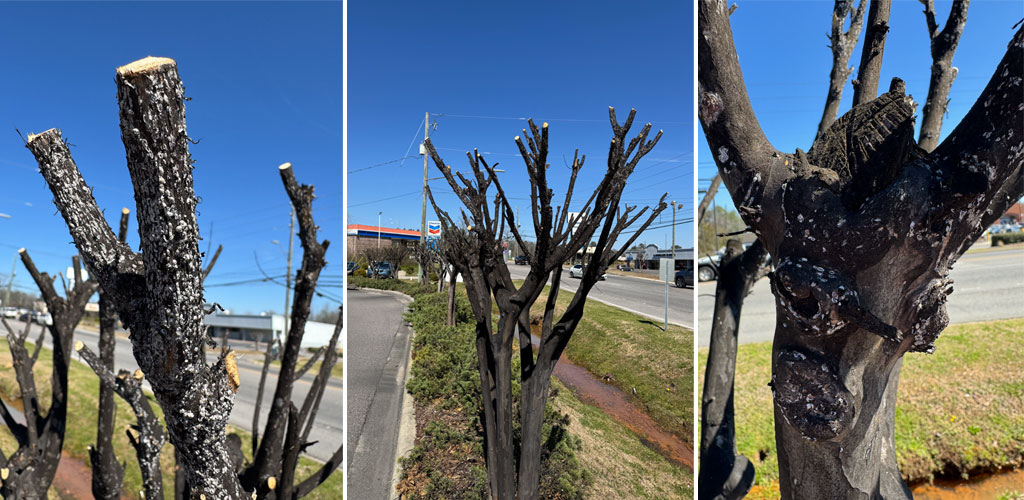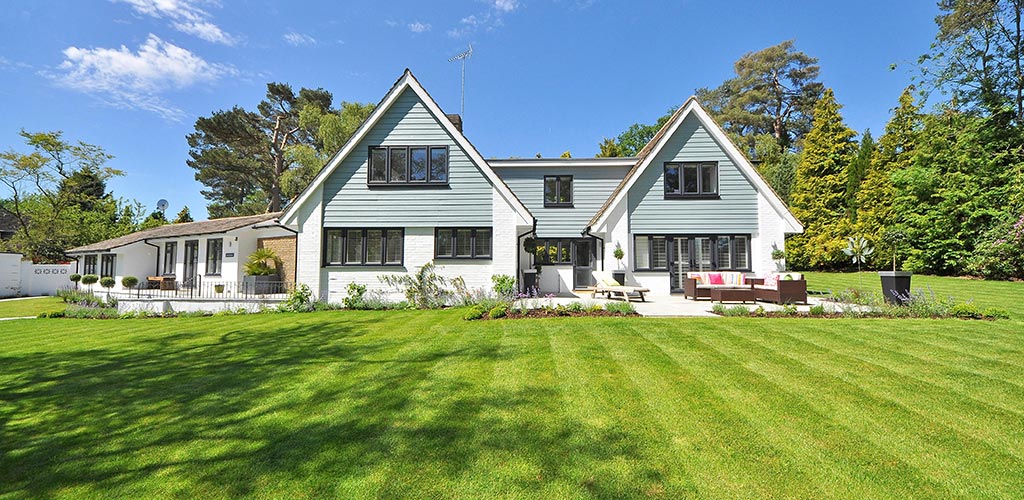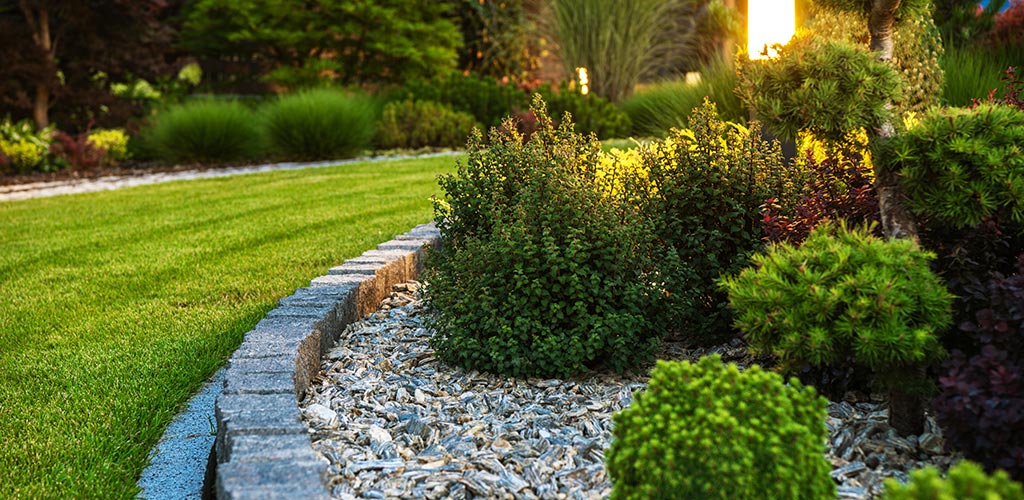If your crape myrtles aren’t looking their best—covered in grayish-white clusters and a black, sooty coating—you may be dealing with Crape Myrtle Bark Scale (CMBS). This invasive pest has become a growing concern across Alabama, affecting landscapes and reducing the health and beauty of these popular ornamental trees.
What is Crape Myrtle Bark Scale?
Crape Myrtle Bark Scale (Acanthococcus lagerstroemiae) is a sap-feeding insect that attaches itself to the bark and branches of crape myrtles. Originally from Asia, this pest has spread rapidly throughout the southeastern United States. Once attached, it secretes honeydew, leading to the growth of black sooty mold that covers the tree’s bark, making it appear dirty and unhealthy.
Signs of Infestation
- Small, white-to-gray encrustations on bark and branch junctions
- Sticky, sugary honeydew secretions attracting ants and other insects
- Black sooty mold covering the trunk and lower branches
- Reduced flowering and weakened tree health
How to Prevent and Treat CMBS
Prevention Tips:
- Prune and dispose of infested branches early in the season to limit spread.
- Encourage beneficial insects such as ladybugs and lacewings, which naturally prey on CMBS.
- Apply horticultural oils in late winter before new growth emerges. While their effectiveness is limited, they can still be helpful in managing infestations.
Treatment Recommendations:
- Systemic Insecticides: Soil-applied treatments with imidacloprid or dinotefuran have shown limited effectiveness so far, and research is ongoing to determine the best treatment approach for controlling CMBS populations when applied in early spring before bloom.
- Bark Sprays: Insect growth regulators (IGRs) applied directly to the bark can disrupt the scale’s reproductive cycle.
- Biological Controls: Research suggests that certain fungi and predatory beetles may help reduce CMBS numbers naturally.
- Physical Removal: Washing affected areas with mild soapy water and a soft brush can remove some of the infestation manually.
Why Timely Treatment Matters
Once CMBS takes hold, it can spread quickly throughout your yard and even to neighboring trees. While the pest does not typically kill crape myrtles outright, it weakens them significantly, leading to stunted growth and diminished blooms. Acting early is key to preserving your tree’s health and appearance.
Take Action to Protect Your Crape Myrtles
Regular tree inspections and proactive treatments are essential for managing CMBS infestations. If you notice signs of CMBS on your crape myrtles, give Steven’s Wack-n-Sack a call for professional guidance on the best treatment options. Or click here to send us a message.
By staying informed and acting quickly, you can help keep your trees thriving and maintain the beauty of your landscape for years to come.



